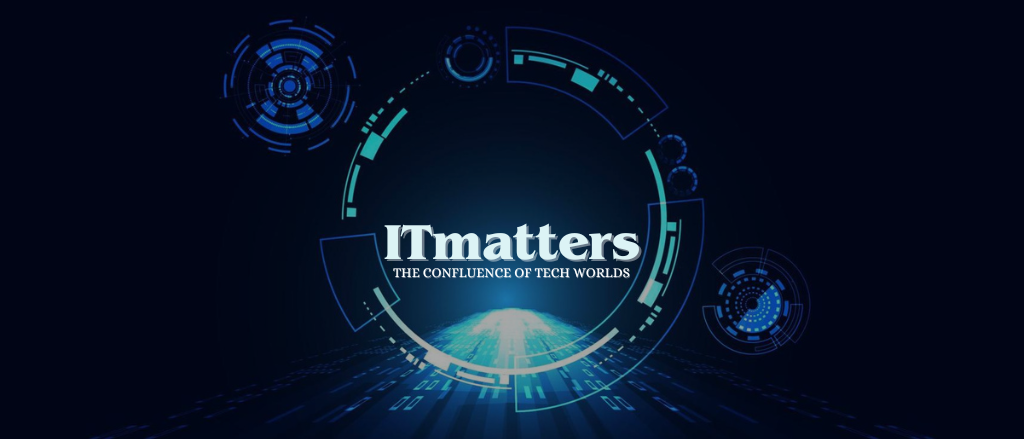Microsoft Muse AI Model Brings Classic Quake II Back to Life
Microsoft has taken a bold step into the future of gaming. The company recently launched an AI-generated version of Quake II, powered by its innovative Microsoft Muse AI model. This tech demo, now available to Copilot users, offers a glimpse of how artificial intelligence could reshape video games. It’s simple, playable in your browser, and sparks curiosity about what’s coming next. Let’s break it down and see why this matters.
A Playable Blast from the Past
The Quake II demo isn’t a full game, but it’s a big deal. Microsoft’s Muse AI model recreates a basic level with enemies and interactions. You can try it out, though the experience is short and limited. The graphics look blurry, and the playtime is capped. Still, it runs smoothly at 640 x 360 resolution and a decent frame rate. Compared to its early 10fps debut, this is a leap forward. For gamers, it’s a nostalgic nod to a classic, reimagined through AI.
How Does the Microsoft Muse AI Model Work?
So, what’s behind this tech? The Microsoft Muse AI model learns from gameplay data and videos. It doesn’t need the original game engine or hardware. Instead, it studies how a game works and rebuilds it from scratch. This demo proves the model can handle a classic like Quake II. Microsoft started training Muse on Bleeding Edge, but now it’s expanding. The result? A fresh take on old games, playable on modern platforms.
Why This Matters for Game Developers
Microsoft isn’t just showing off. The company sees the Microsoft Muse AI model as a tool for creators. Game developers could use it to prototype ideas quickly. Imagine sketching a game concept and letting AI build a working demo. It’s fast, efficient, and cuts down on early-stage grunt work. Plus, Muse could breathe new life into forgotten titles. For studios, this might mean faster innovation and lower costs.
A Vision for Game Preservation
Here’s where it gets thought-provoking. Microsoft Gaming CEO Phil Spencer has big dreams for Muse. He believes AI can preserve gaming history. Old games often get stuck on outdated hardware. With the Microsoft Muse AI model, they could live again on any device. No need for original code or clunky emulators. This could save classics from fading away. Think of it as a digital time machine for your favorite retro titles.
What’s Next for Copilot and Gaming?
Microsoft isn’t stopping at Quake II. The company is weaving Muse into its Copilot for Gaming project. Soon, Copilot could watch you play and offer real-time tips. It might even coach you through tough levels. Windows Insiders will get a taste of this with Copilot Vision. Meanwhile, more AI-generated game demos are likely on the way. The Microsoft Muse AI model could soon tackle other classics or even new concepts.
The Bigger Picture
This isn’t just about one demo. It’s about where gaming could go. The Microsoft Muse AI model hints at a future with AI-powered creativity. Games might evolve faster, and old favorites could return in surprising ways. However, it’s early days. The Quake II demo feels basic, and Muse is still learning. Will it truly transform gaming, or is it just a cool experiment? That’s the question lingering in the air.
A Step Toward the Future
For now, Microsoft invites us to play and ponder. The Quake II demo is a small but exciting step. It shows what the Microsoft Muse AI model can do today while teasing what’s possible tomorrow. Gamers get a fun throwback, and developers see a new tool. Most importantly, it sparks imagination. Could AI redefine how we play, create, and remember games? Microsoft thinks so, and they’re betting on Muse to prove it.
This news isn’t just tech jargon—it’s a window into gaming’s next chapter. The Microsoft Muse AI model might change how we experience games, old and new. So, what do you think? Could AI be the key to unlocking gaming’s full potential? The answer might be closer than we realize.







Leave a Reply